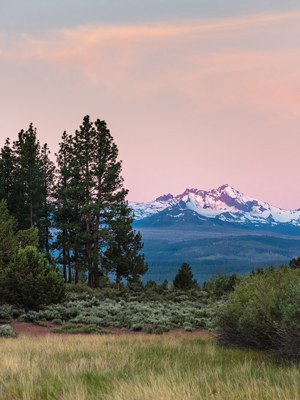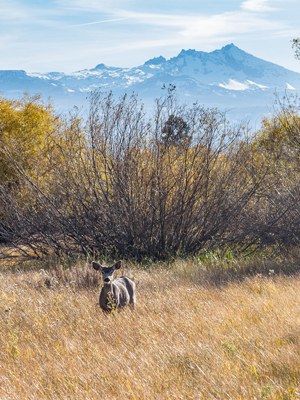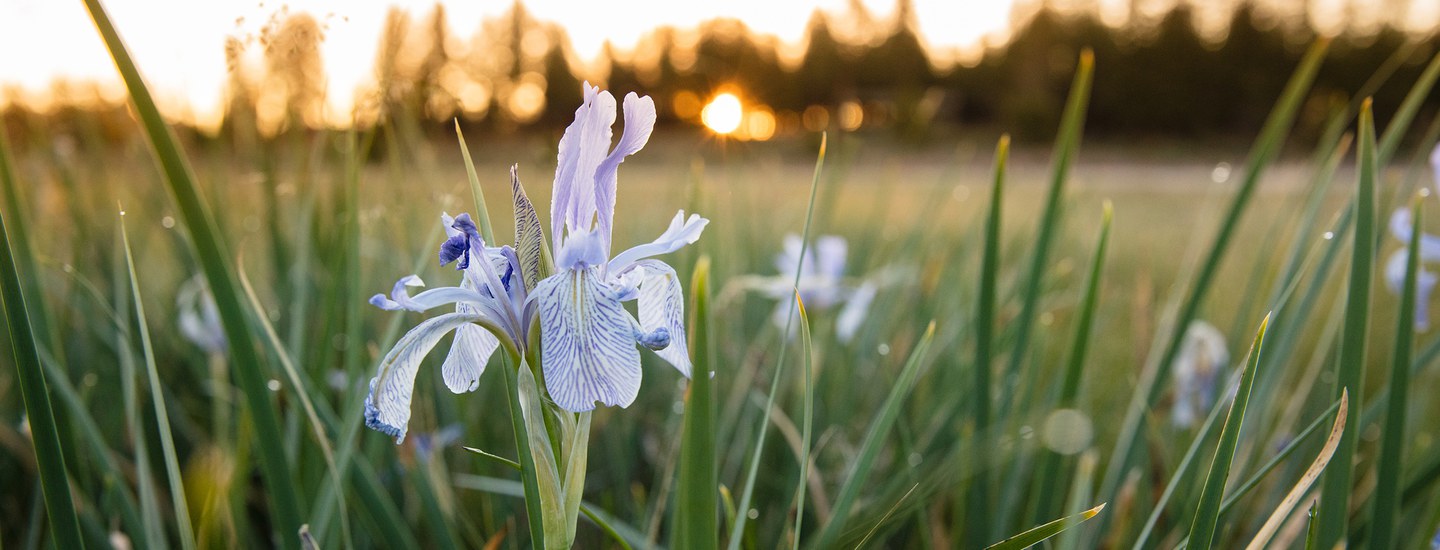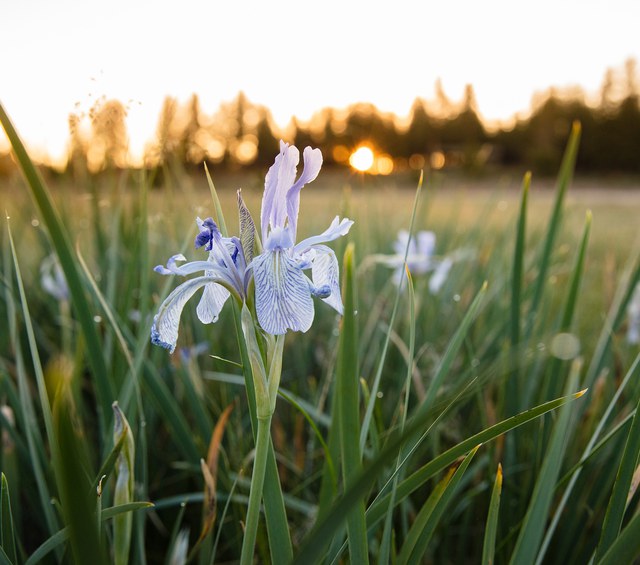
First, let’s start with the basics: what is a meadow? Interestingly, “meadow” itself is more of a cultural term and people call lots of open, grassy spaces meadows. However, most meadows are defined as a type of habitat that is dominated by one or more plant communities such as grasses, sedges, rushes, wildflowers, or other non-woody plants. Shrubs and trees can be present in the meadow system, but are not dominant.
In Central Oregon we have all kinds of meadows! From higher elevation alpine meadows to meadows along our streams and rivers to drier meadows surrounded by trees. The Land Trust has conserved and now protects several wet meadows that we are working to restore to a healthier state—think Camp Polk Meadow Preserve or the meadows at Whychus Canyon Preserve. Healthy wet meadows are those that are saturated by water for part or all of the growing season. They do not have standing water, but rather act as sponges, helping store and keep our water clean and cold. Biologically, they offer incredibly rich habitat in our arid high desert. They provide diverse stream and side channel habitats for fish to spawn, rear, and hide. Streamside vegetation provides cover for wildlife and helps maintain cool stream waters. Nearby wetlands and oxbows are home to amphibians and songbirds. Learn more about wet meadows.
Today, dry meadow habitat is shrinking compared to what it would have been historically. Nearby trees are moving into these open spaces in the absence of fire. That’s why the Land Trust has been working for years to maintain the open meadow at Indian Ford Meadow Preserve by hand cutting small juniper and pine before they get too big. You can help care for this important little meadow by staying on the trail to protect the fragile meadow plants that so many other creatures depend on.
Learn more
- About Indian Ford Meadow Preserve.
- About the importance of wet meadows.
- About Land Trust restoration efforts on Whychus Creek.


